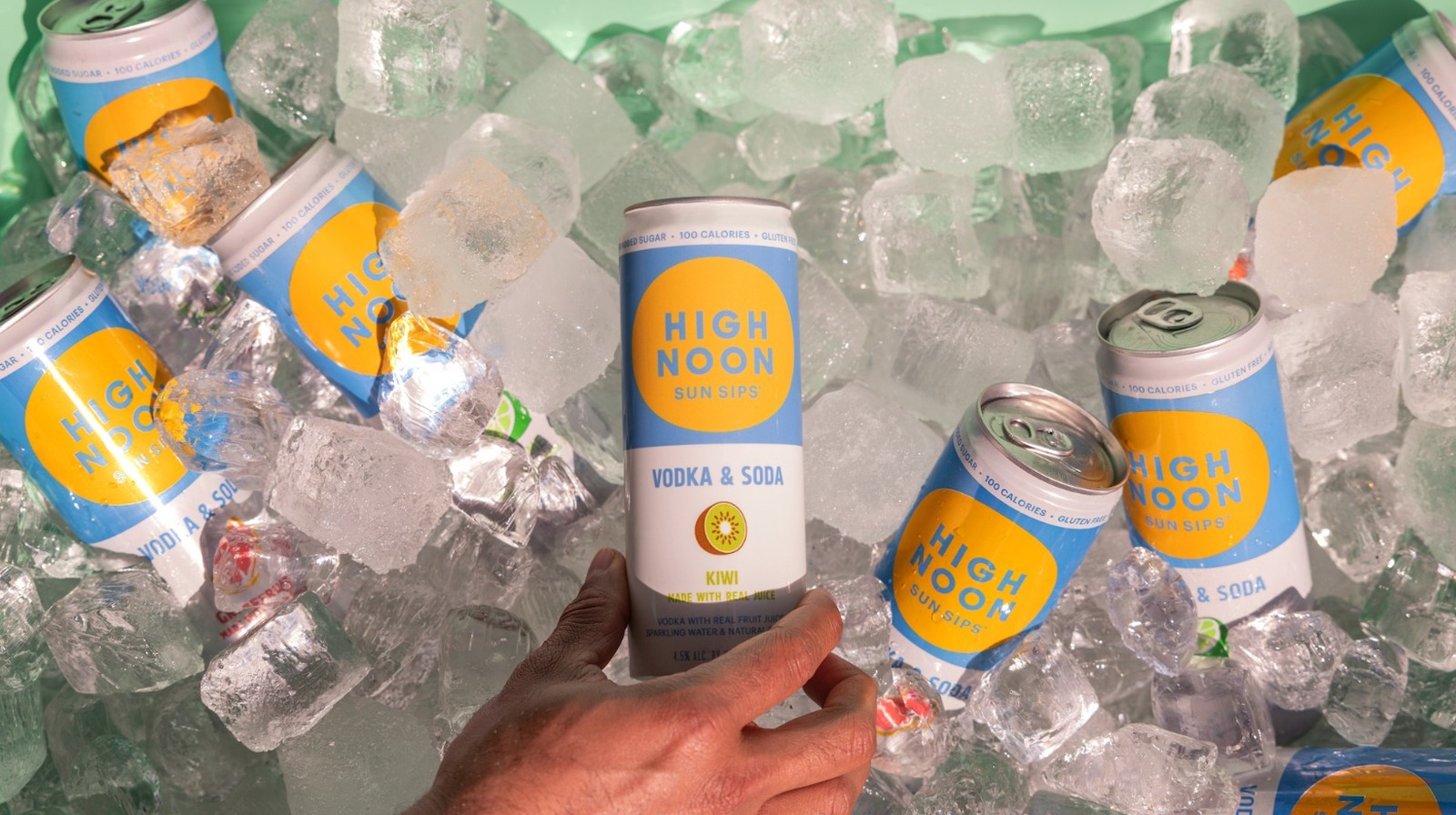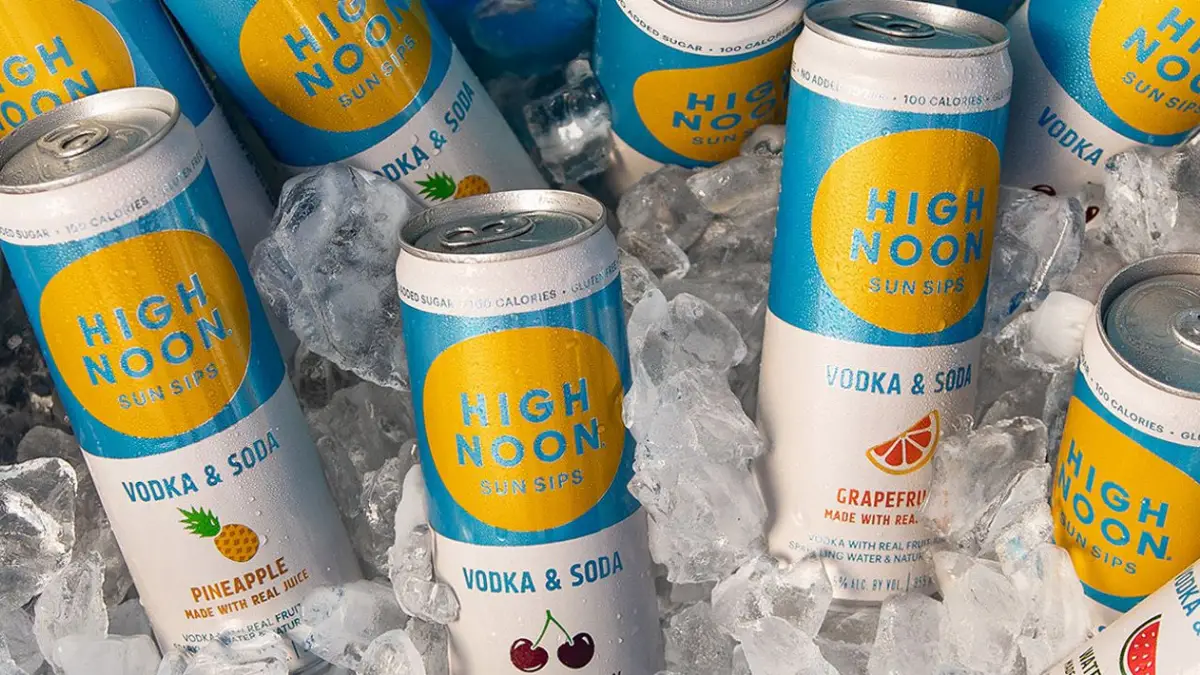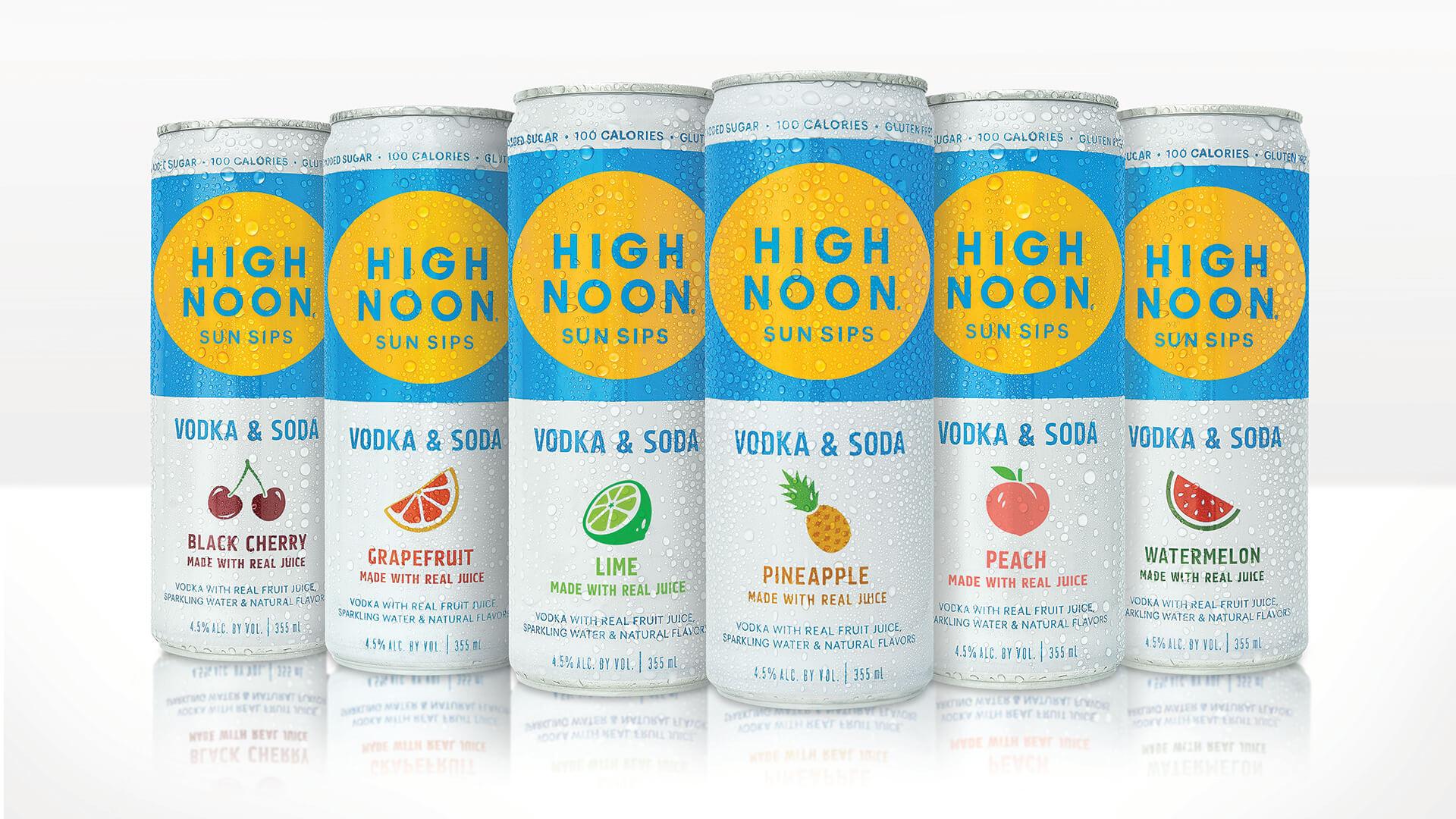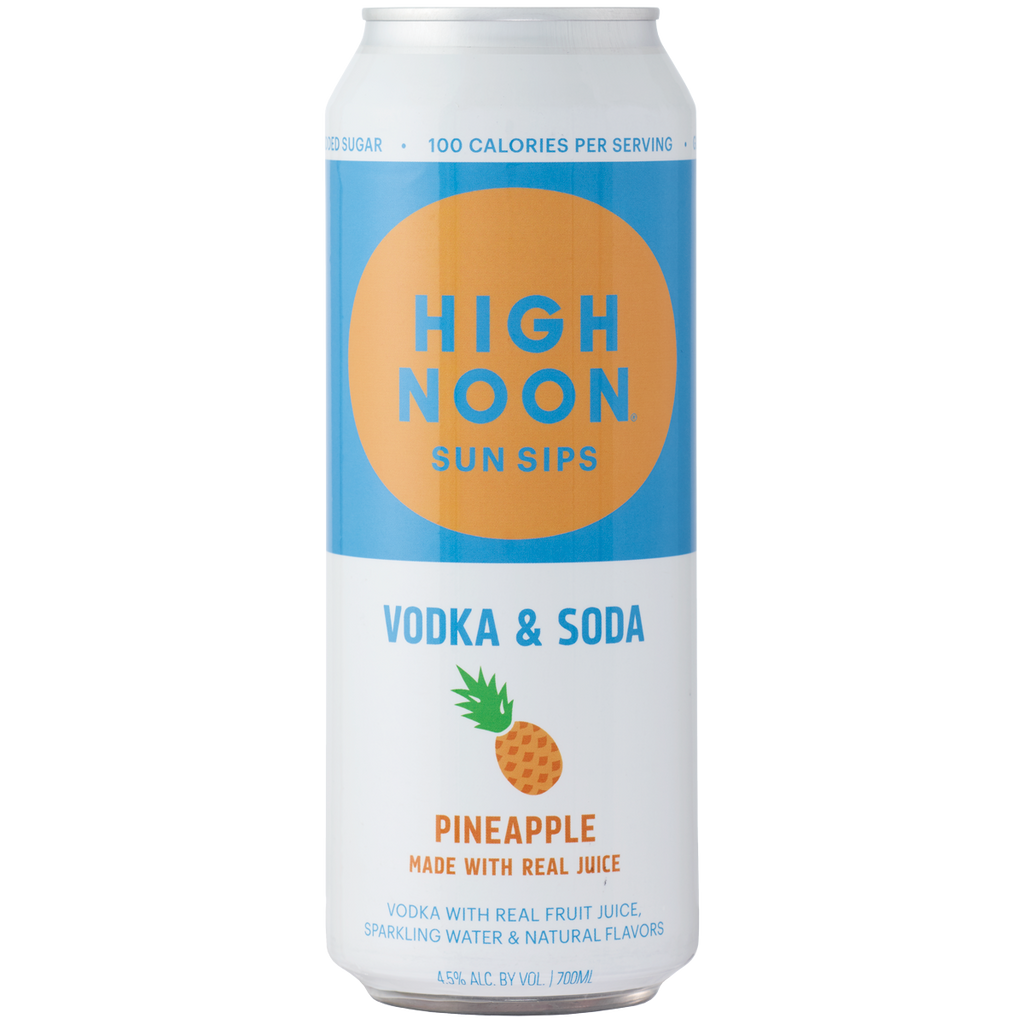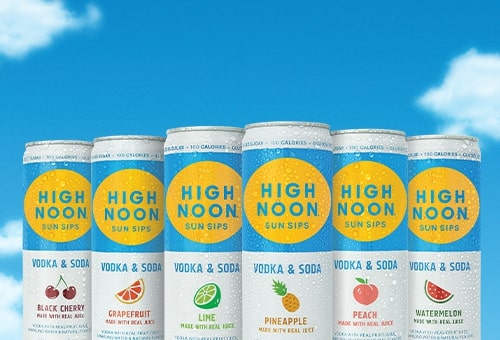Is High Noon A Malt Beverage

Imagine a sun-drenched patio, the clinking of glasses, and the refreshing fizz of a cool beverage. Laughter fills the air as friends gather, each holding a sleek can adorned with vibrant fruit. It's the quintessential summer scene, but what exactly are they drinking? The answer, often, is High Noon, a beverage that has taken the market by storm. But what exactly is it?
This article delves into the heart of a question buzzing around backyard barbecues and online forums alike: Is High Noon a malt beverage? We'll unpack the ingredients, dissect the brewing process, and consult official statements to clarify the exact category of this popular drink. Understanding its classification is key to comprehending its place in the market and its implications for consumers.
The Rise of Ready-to-Drink Cocktails
The ready-to-drink (RTD) cocktail market has exploded in recent years. Consumers are increasingly drawn to convenience and portability. High Noon, with its sleek packaging and fruit-forward flavors, perfectly encapsulates this trend.
Its rise to prominence reflects a broader shift in consumer preferences. People are seeking lower-calorie, lighter alcoholic beverages.
What Exactly Is High Noon?
High Noon is a vodka-based hard seltzer. Each can contains real vodka, sparkling water, and natural fruit flavors.
This combination distinguishes it from many other RTD beverages on the market.
Malt Beverages: A Closer Look
Malt beverages are traditionally brewed from malted barley. The fermentation process extracts sugars from the barley, which are then converted into alcohol.
Beer is the most well-known example of a malt beverage. However, many flavored alcoholic beverages (FABs) also fall into this category.
These FABs often contain added sugars, flavorings, and other ingredients to mask the malt flavor. This is what gives the sweeter result.
The Key Difference: Distillation
The key difference between a malt beverage and a spirit like vodka lies in the distillation process. Vodka is made by distilling fermented grains or other agricultural products.
This process concentrates the alcohol and removes many of the impurities found in malt beverages. The result is a cleaner, more neutral spirit.
High Noon uses vodka as its alcoholic base. This fact sets it apart from malt-based competitors.
Official Statements and Labeling
Analyzing the labeling of High Noon provides further clarity. The packaging clearly states that it is made with real vodka.
This aligns with statements from E.&J. Gallo Winery, the producer of High Noon. The company consistently emphasizes the vodka-based nature of the product.
Examining the Alcohol and Tobacco Tax and Trade Bureau (TTB) regulations is also crucial. The TTB is the federal agency responsible for regulating and taxing alcohol.
Navigating TTB Regulations
The TTB classifies alcoholic beverages based on their ingredients and production methods. Vodka-based beverages fall under a different category than malt beverages.
The TTB labeling requirements also differ for each category. This distinction further supports the argument that High Noon is not a malt beverage.
Consumers can often find information about the alcohol content, ingredients, and producer on the label. All of this information helps them make informed choices.
Consumer Perception and Market Impact
The popularity of High Noon has significantly impacted the RTD market. Its success has spurred other brands to release similar vodka-based hard seltzers.
Consumers appreciate the transparency of the ingredients and the refreshing taste. The perception of High Noon as a lighter, more premium option has contributed to its widespread appeal.
This also challenges the traditional image of malt beverages as being heavier or less refined. As a result, the brand has gained recognition.
Competitors and the RTD Landscape
Several other brands offer competing hard seltzers. Some are vodka-based, while others are made with malt liquor.
Knowing the difference between these options can help consumers make informed choices. Consumers can now select beverages that align with their preferences.
The rise of vodka-based hard seltzers like High Noon reflects a shift in the RTD landscape. The market is moving towards cleaner, more transparent options.
Beyond the Beverage: Health and Responsibility
Regardless of whether a beverage is malt-based or spirit-based, responsible consumption is paramount. All alcoholic beverages should be enjoyed in moderation.
Consumers should be aware of the alcohol content and potential health effects. Moderation is the key.
Furthermore, it's important to be mindful of serving sizes and to avoid driving under the influence. Promote responsible drinking.
Looking Ahead
The RTD market will continue to evolve. New flavors, ingredients, and production methods will likely emerge.
High Noon will likely continue to innovate and adapt to changing consumer preferences. Its brand will be tested by competitors.
Staying informed about the ingredients and production methods of alcoholic beverages is crucial. This knowledge empowers consumers to make responsible and enjoyable choices.
Conclusion
In conclusion, High Noon is definitively not a malt beverage. It is a vodka-based hard seltzer that uses real vodka, sparkling water, and natural fruit flavors.
Its classification is supported by official statements, labeling, and TTB regulations. As you raise your next can of High Noon, or any other RTD beverage, take a moment to appreciate the complex world of alcoholic beverages.
The more you know, the more you can savor the experience responsibly and with a deeper understanding of what you're drinking.

.jpg?.R9vN0rkrtUxQUvtusoVr961nMsIZUAi)
/bottle-review_highnoon-seltzer_1200x628-ad8fa7b2aec443de8b6f8ea3252b860d.jpg)





